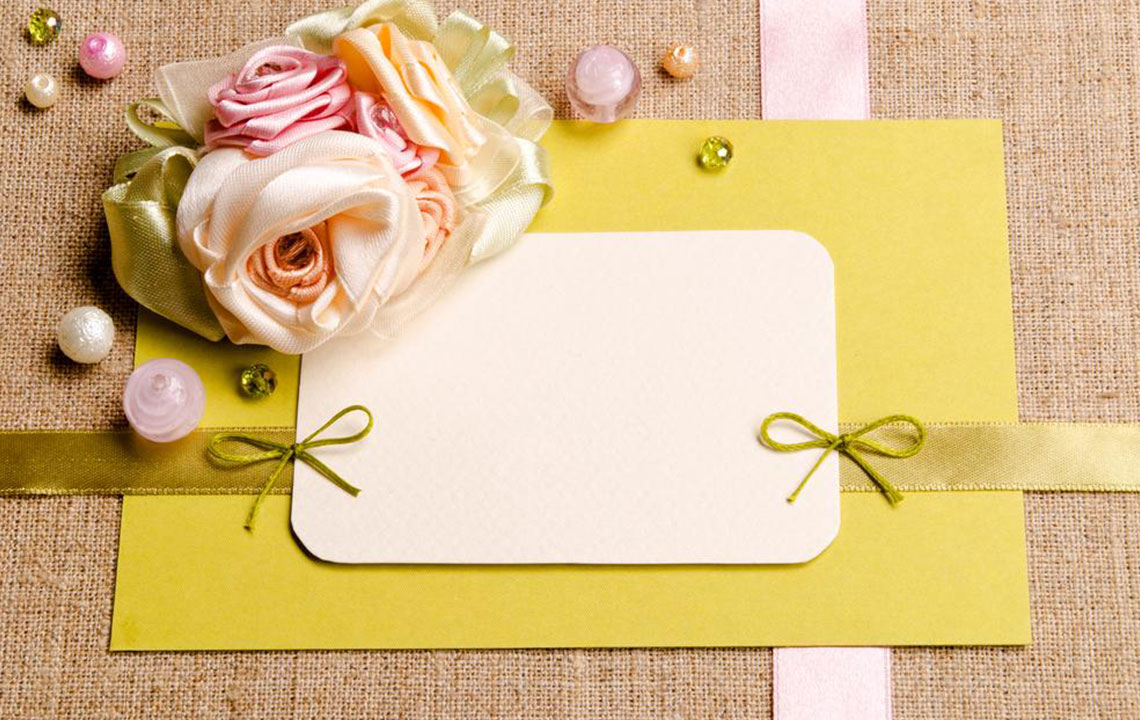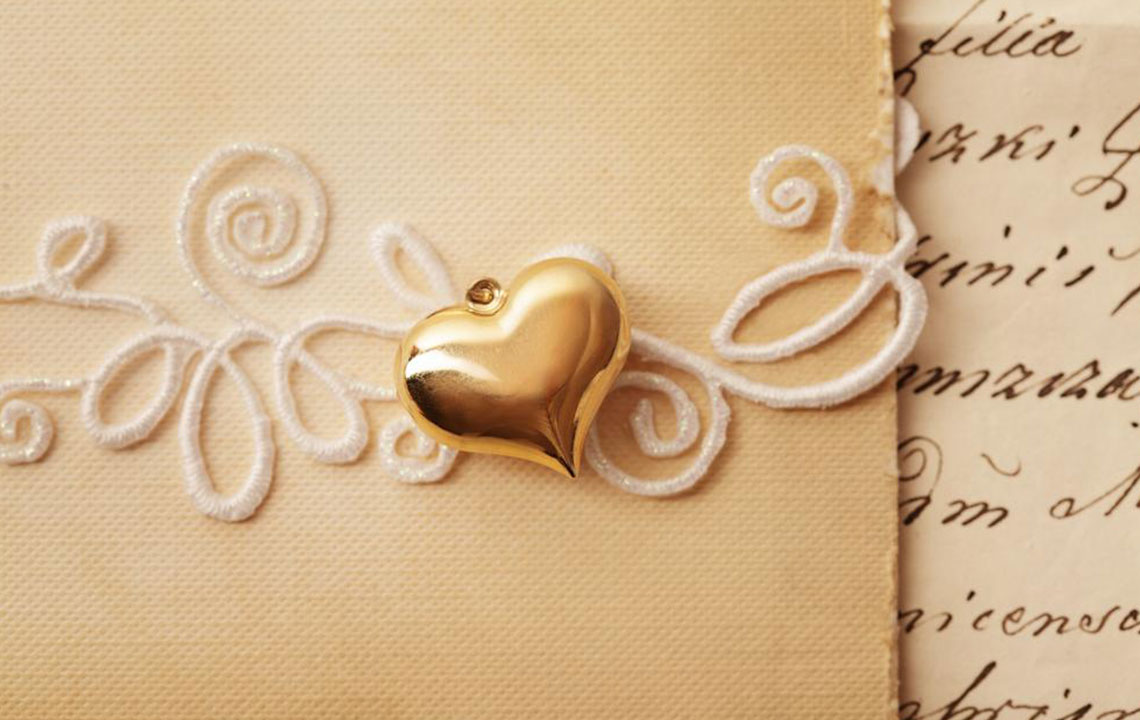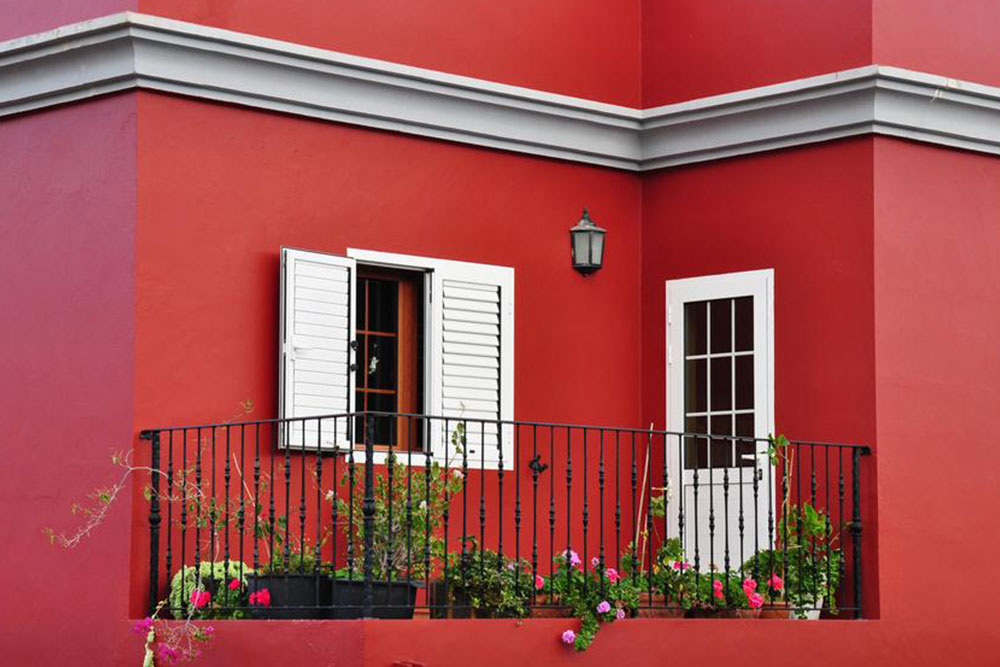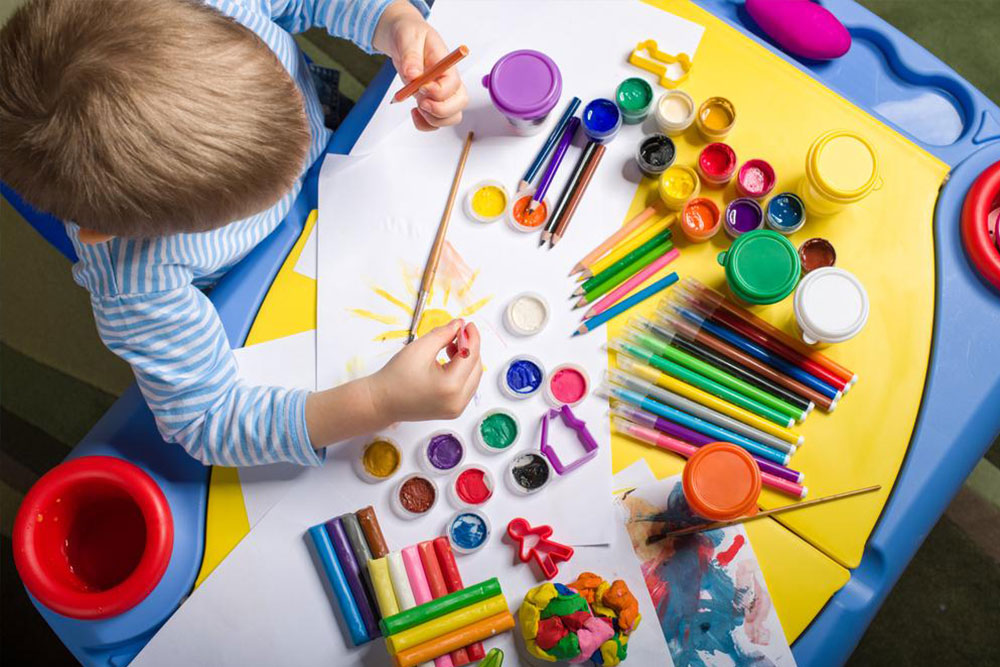Ultimate Beginner’s Guide to Mastering Watercolor Art: Techniques, Tips, and Creative Ideas
This comprehensive beginner’s guide to watercolor art offers detailed steps, techniques, and creative ideas to help aspiring artists start their watercolor journey. Covering supplies, application methods, popular techniques, and inspiring themes, it encourages experimentation and patience. Suitable for new artists eager to learn this vibrant medium, the guide emphasizes fundamentals and creative exploration, empowering readers to produce beautiful, expressive watercolor artworks.

Ultimate Beginner’s Guide to Mastering Watercolor Art: Techniques, Tips, and Creative Ideas
Watercolor painting is a captivating and versatile art form appreciated by artists worldwide. Its unique ability to produce luminous, fluid images makes it a favorite among beginners and seasoned artists alike. Whether you're just starting or looking to refine your skills, understanding the fundamental principles of watercolor art is essential. This comprehensive guide provides detailed steps, innovative techniques, and inspiring ideas to help you embark on your watercolor journey with confidence and creativity.
Getting Started with Watercolor Painting: Essential Supplies and Preparations
Gathering the right materials
To begin your watercolor adventure, invest in quality supplies such as a selection of watercolor paints — either pans or tubes — along with a variety of brushes suitable for washes and fine detail work. Textured watercolor paper (preferably 300gsm or higher) helps manage water absorption and prevents warping. A palette for mixing colors, a container of clean water, and a comfortable, well-lit workspace are also crucial for an enjoyable painting experience.
Planning your composition
Before applying any paint, sketch your design lightly with a pencil. Keep lines faint to ensure they don’t interfere with the final piece. Planning your layout and deciding on focal points aids in creating balanced and visually appealing artwork.
Color Preparation and Application Techniques
Color mixing mastery
Experiment with your watercolor palette by blending hues beforehand. This practice helps develop an intuition for color harmony and the transparency characteristic of watercolors. Creating a range of shades from the primary colors allows for dynamic and lifelike portrayals in your artwork.
Starting with light washes
The foundation of most watercolor paintings involves applying gentle, transparent washes. These initial layers establish the overall mood and tone. Allow each wash to dry thoroughly before adding subsequent layers to prevent unwanted bleeding and maintain clarity.
Building depth through layering
Layering is fundamental to creating dimensionality. Gradually add successive transparent layers, increasing color intensity and contrast. Patience is key to achieving rich, nuanced visuals without muddying colors.
Refining details
Fine brushes and techniques like dry brushing enable artists to add intricate details, highlights, and textures. Carefully plan where highlights or fine lines are needed to enhance realism or artistic expression.
Final evaluation and finishing touches
Step back and assess your work. Make necessary adjustments in color balance, contrast, or details. Once satisfied, consider protecting your artwork by framing or sealing it for longevity.
Exploring Popular Watercolor Techniques
Wet-on-wet
Applying paint onto wet paper creates soft edges and atmospheric effects, ideal for skies, skies, or backgrounds.
Dry brush
Using minimal water produces scratchy textures and fine details, perfect for rendering hair, foliage, or textural elements.
Layering and glazing
Building color through multiple transparent layers enriches depth and vibrancy in your artwork.
Salt and other effects
Sprinkling salt on wet paint creates interesting crystalline textures. Other agents, like plastic wrap or alcohol, can produce unique patterns and effects.
Splattering and dynamic effects
Flicking paint from brushes or using toothbrushes introduces energy and movement into your paintings.
Masking techniques
Masking fluid allows you to preserve white areas or highlights, adding contrast and shine after painting.
Mixed media integrations
Combining watercolor with torn paper, ink, or other materials adds dimension and variety to your work.
Negative space painting
Painting around your subject emphasizes the main elements and creates intricate details and contrasts.
Creative Inspiration for Beginners: Themes and Subjects
Nature’s beauty
Landscapes, floral arrangements, and seascapes are timeless subjects that teach you about color, composition, and atmosphere.
Human expressions
Portraits or candid moments allow you to explore emotion, light, and shadow.
Abstract and symbolic art
Use your imagination to craft expressive shapes and vivid colors that convey feelings or personal stories.
Still life studies
Composition with everyday objects like fruits, flowers, or household items sharpens observational skills and detail work.
Wildlife portrayal
Capture animals or birds to depict movement, grace, and natural beauty.
Urban and cityscapes
Bright city lights, architecture, and bustling streets make lively, modern subjects.
Underwater landscapes
Reefs, marine life, and water scenes showcase the fluidity and transparency of watercolor techniques.
Remember, watercolor art flourishes through experimentation. Mixing styles, techniques, and colors will enhance your skills and unlock your creative potential.
Understanding the Power of Colors
Blue: Conveys calmness, serenity, and depth, perfect for skies and oceans.
Red: Evokes energy, passion, and warmth, used for accents or focal points.
Yellow: Represents happiness, brightness, and optimism, ideal for sunlight or cheerful scenes.
Green: Symbolic of nature and growth, suitable for landscapes and foliage.
Purple: Adds a mystical, luxurious or spiritual dimension.
Orange: Dynamic and lively, great for vibrant compositions and highlights.
While mastering watercolor painting, be patient with your progress. Overcoming challenges and refining skills takes practice, but each step brings you closer to creating stunning, expressive artwork. Embrace experimentation, and most importantly, enjoy the process of turning blank paper into beautiful creations. Happy painting!




